Dry powder fire extinguishing agents play a crucial role in fire safety due to their efficiency and wide range of applications. Whether in homes, industrial settings, or vehicles, dry powder fire extinguishers are commonly used to combat fires. However, if these extinguishing agents fail, they won’t be able to put out fires when needed, potentially leading to serious consequences. So, why do dry powder fire extinguishing agents fail? What are the common causes, and how can we prevent them? This blog will answer these questions and provide practical solutions.
1. Moisture or Dampness: The Biggest Enemy of Dry Powder
One of the most common reasons for dry powder fire extinguishing agents to fail is moisture. Dry powder is made up of fine particles that easily absorb water. When exposed to moisture, the powder may clump, expand, or stick together, significantly reducing its effectiveness. Worse, if the powder becomes damp, it could clog the nozzle, preventing the agent from being properly discharged.
Preventive Measure: To avoid moisture exposure, ensure that dry powder extinguishers are stored in a dry environment. Keep them in a well-ventilated area with stable temperature conditions, and avoid storing them outdoors or in damp areas like basements.
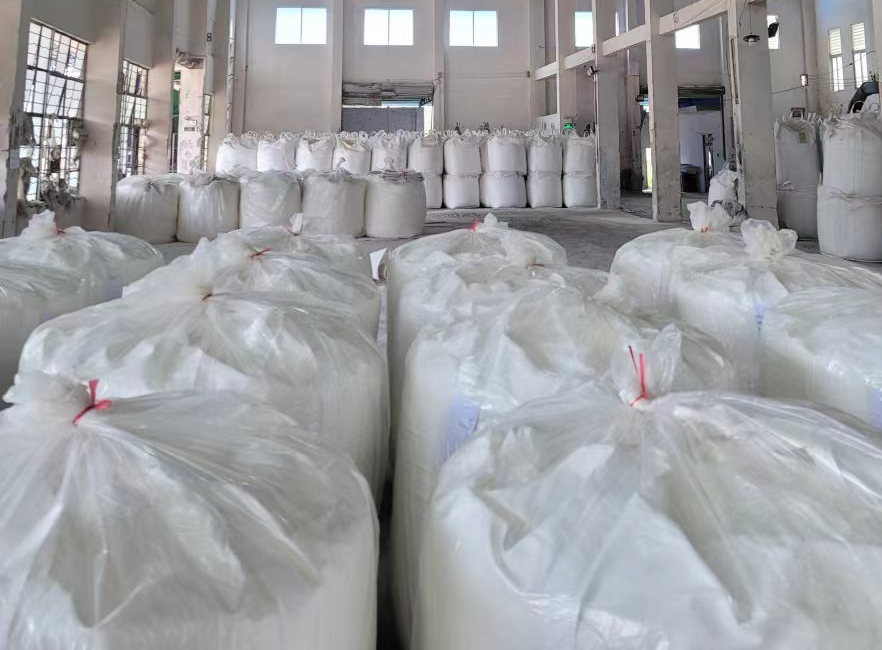
2. Improper Storage Conditions: Extreme Temperatures and Poor Environments
Dry powder fire extinguishing agents require proper storage conditions. Extreme high or low temperatures can affect their chemical stability. High temperatures may cause the powder to decompose, reducing its effectiveness, while low temperatures could cause the powder to clump. Additionally, rapid temperature changes can damage the extinguisher’s container and valve, leading to malfunction.
Preventive Measure: Store extinguishers in an environment with appropriate temperature—ideally between -30°C and 50°C. Avoid exposing extinguishers to direct sunlight or extreme temperature fluctuations. Make sure they are not stored in areas with high humidity or excessive heat.
3. Expired Agents: The Expiration Date Matters
Every dry powder fire extinguisher has an expiration date, usually ranging from 5 to 10 years. Over time, the chemical composition of the extinguishing agent may degrade, reducing its ability to put out a fire. Even if the extinguisher appears intact, expired agents may not function properly when needed in an emergency.
Preventive Measure: Regularly check the expiration date of your extinguishers and replace them before they expire. Most extinguishers have a label indicating the manufacturing date and expiration date, so it’s easy to keep track. Make sure to replace expired extinguishers promptly.
4. Mechanical Damage or Leaks: Safety Risks from Container Issues
If a dry powder fire extinguisher is subjected to impact, pressure, or rough handling, its container could break or leak, leading to a loss of the extinguishing agent. Even if the external casing looks fine, internal leaks or cracks could render the extinguisher ineffective.
Preventive Measure: Store extinguishers in a way that prevents them from being damaged. Ensure they are not subjected to forceful impacts or compression. Regularly inspect the extinguisher’s container, nozzle, and valve to ensure no leakage or damage. If any issues are found, replace the extinguisher.
5. Clumping or Compression: Affects Powder Discharge
During storage or transportation, dry powder can become compacted or clump together if subjected to excessive pressure or vibration. This prevents the powder from being properly discharged and reduces its ability to fight fires effectively.
Preventive Measure: Avoid stacking extinguishers too high or exposing them to pressure during transportation. It’s also a good idea to shake the extinguisher periodically (if recommended by the manufacturer) to keep the powder loose and flowing. This is especially important after long-term storage.
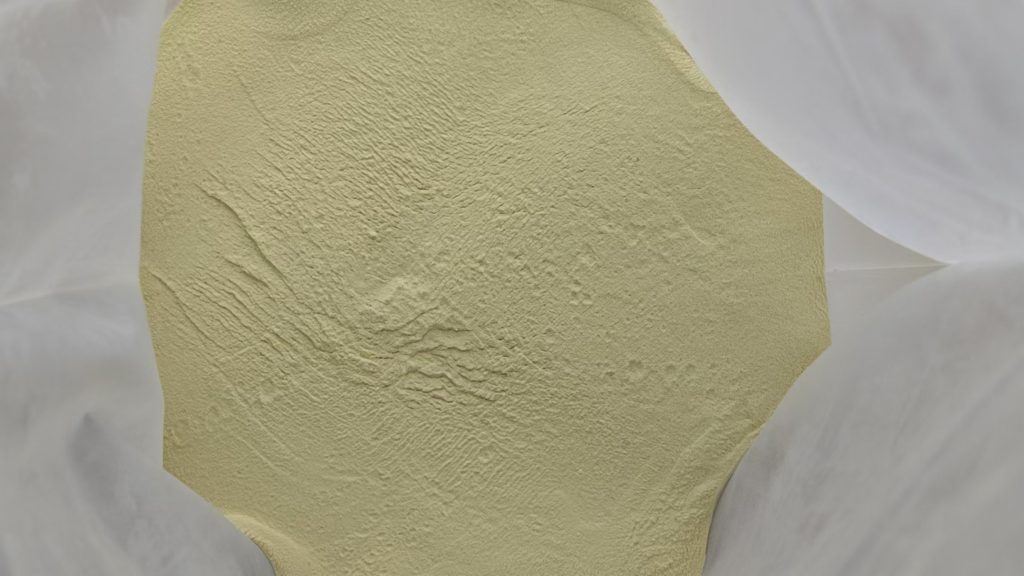
6. Contamination: External Substances Can Interfere
Dry powder fire extinguishing agents can lose their effectiveness if exposed to contaminants such as oils, chemicals, or other foreign substances. Contaminants not only reduce the agent’s fire-fighting ability but may also damage the extinguisher or cause secondary pollution.
Preventive Measure: Keep the storage area clean and free from contaminants. Ensure the extinguisher is not exposed to chemicals, oils, or other substances that could compromise its performance. If contamination occurs, replace the extinguisher immediately.
7. Improper Operation: Mistakes During Use
Sometimes, the failure of a dry powder fire extinguisher is not due to the extinguisher itself but to improper use. If the extinguisher is not operated correctly—such as not shaking it before use, improperly opening the valve, or missing steps in the process—the powder may not discharge effectively.
Preventive Measure: Always follow the manufacturer’s instructions for proper use. Some extinguishers require shaking before use to ensure the powder remains loose and ready for discharge. Proper operation is crucial for ensuring the extinguisher works effectively in an emergency.
Conclusion
There are various reasons why dry powder fire extinguishing agents might fail, including moisture exposure, improper storage, expiration, mechanical damage, clumping, contamination, and improper use. To ensure your extinguisher works effectively when needed, it’s essential to regularly inspect and maintain it, adhere to proper storage conditions, and follow correct operating procedures.
Fire emergencies are unpredictable, and every second counts. Regularly check your extinguishers, replace expired ones, and ensure they are stored and handled properly to keep your fire safety systems in top working condition. By taking these precautions, you can ensure that your dry powder fire extinguishing agent will be ready to perform when it’s most needed.
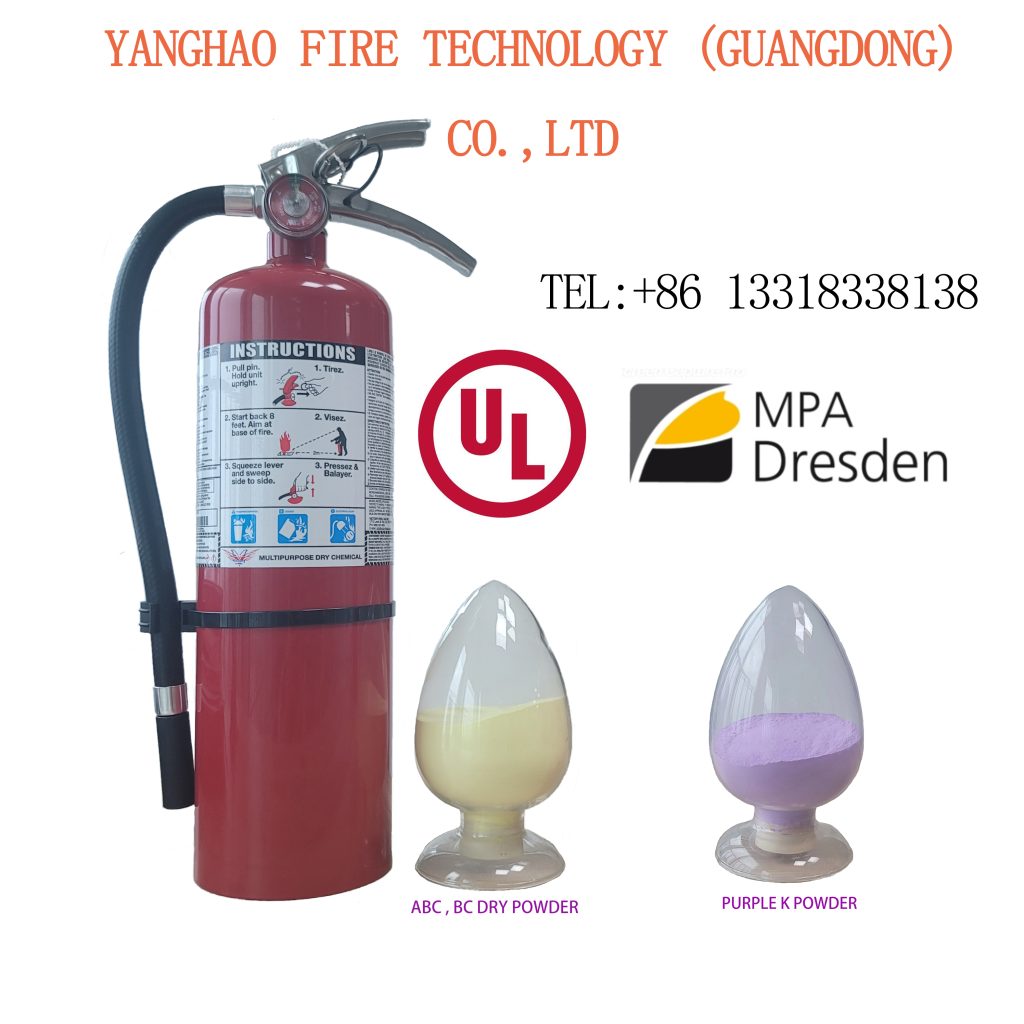


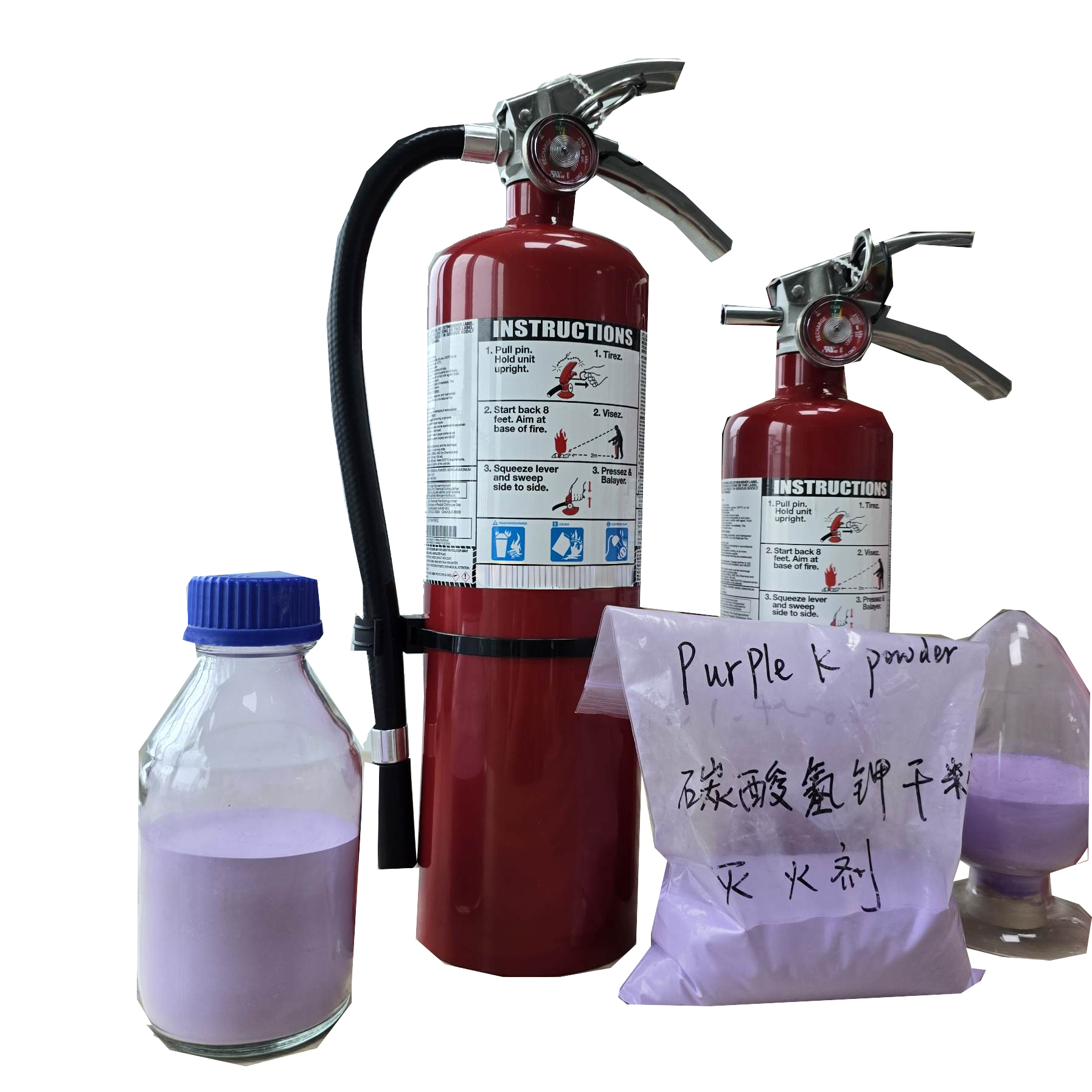
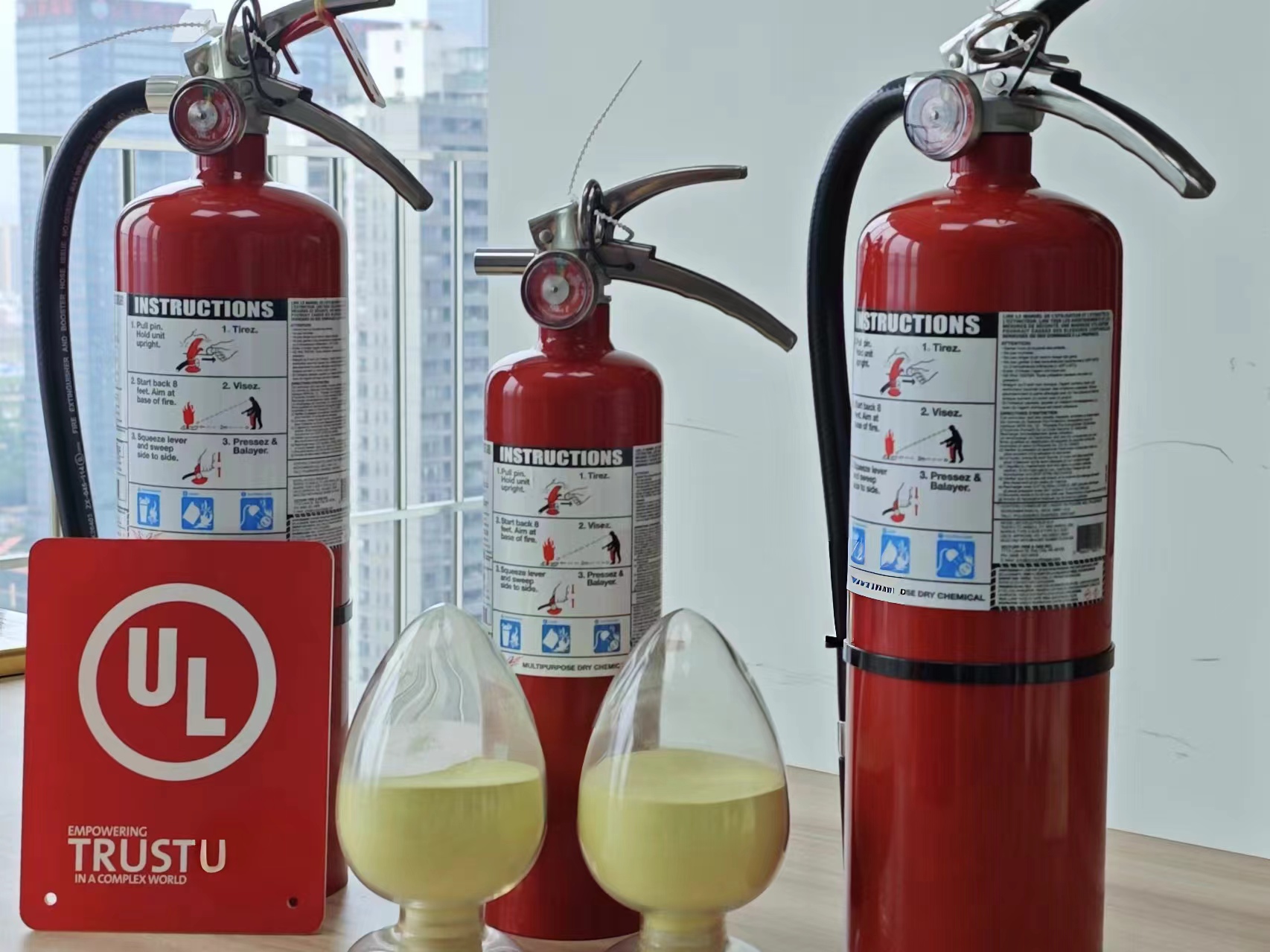
发表回复